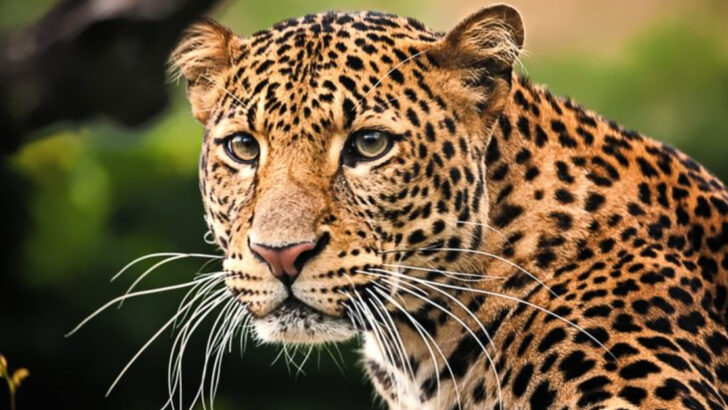Big cats often capture our attention with their power, beauty, and mystique—but many of them are quietly disappearing. Habitat loss, poaching, and human-wildlife conflict have pushed some of the world’s most remarkable feline species to the edge. And in some cases, they’re slipping away faster than most people realize.
These animals aren’t just striking to look at—they play a crucial role in the health of the ecosystems they call home. From silent snow leopards in the mountains to secretive forest-dwelling clouded leopards, each of these cats tells a story worth knowing. And more importantly, worth protecting.
Amur Leopard
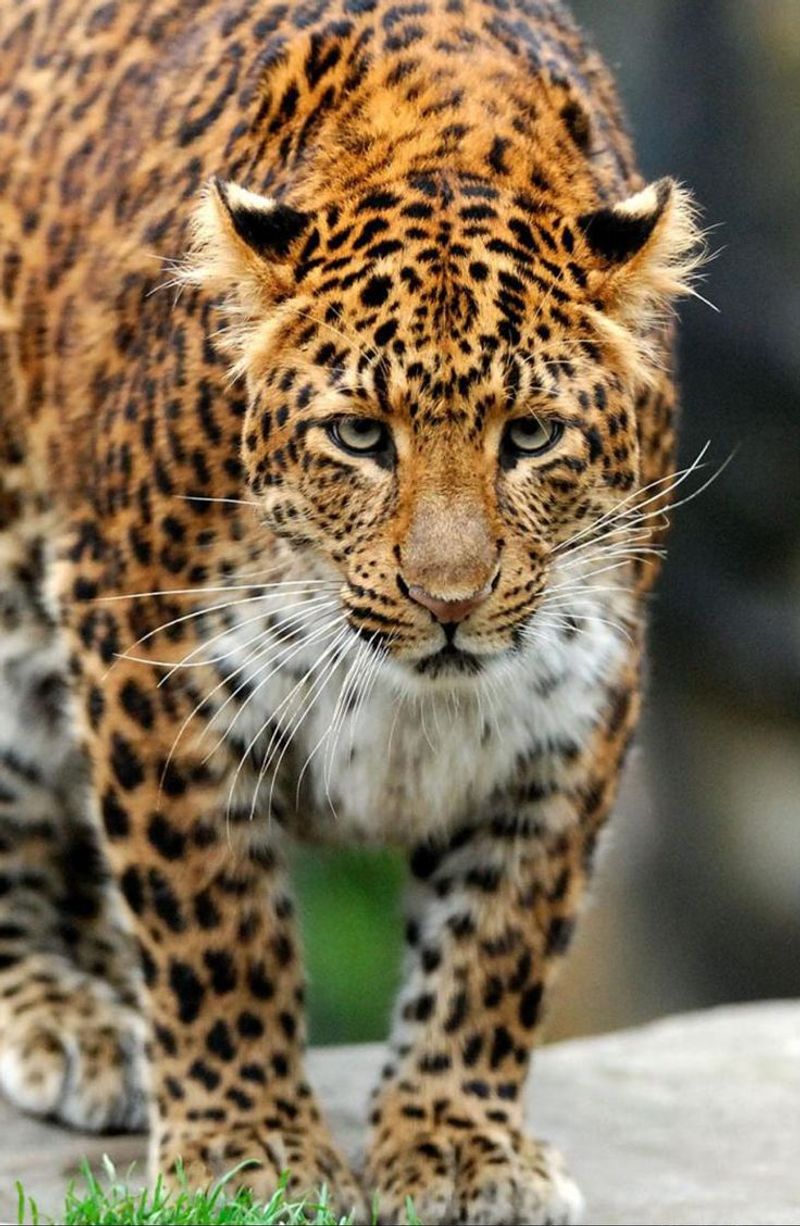
The Amur leopard is critically endangered, with less than 100 individuals remaining in the wild. These majestic cats are found in the temperate forests of the Russian Far East. Their striking coat and elusive nature make them a symbol of the conservation struggle.
Efforts are underway to protect their habitat, but illegal poaching remains a significant threat. These solitary animals require large territories for hunting, making habitat protection crucial.
Community engagement and anti-poaching measures are vital to ensure their survival. Supporting organizations working in the region can help safeguard these beautiful creatures.
Balkan Lynx
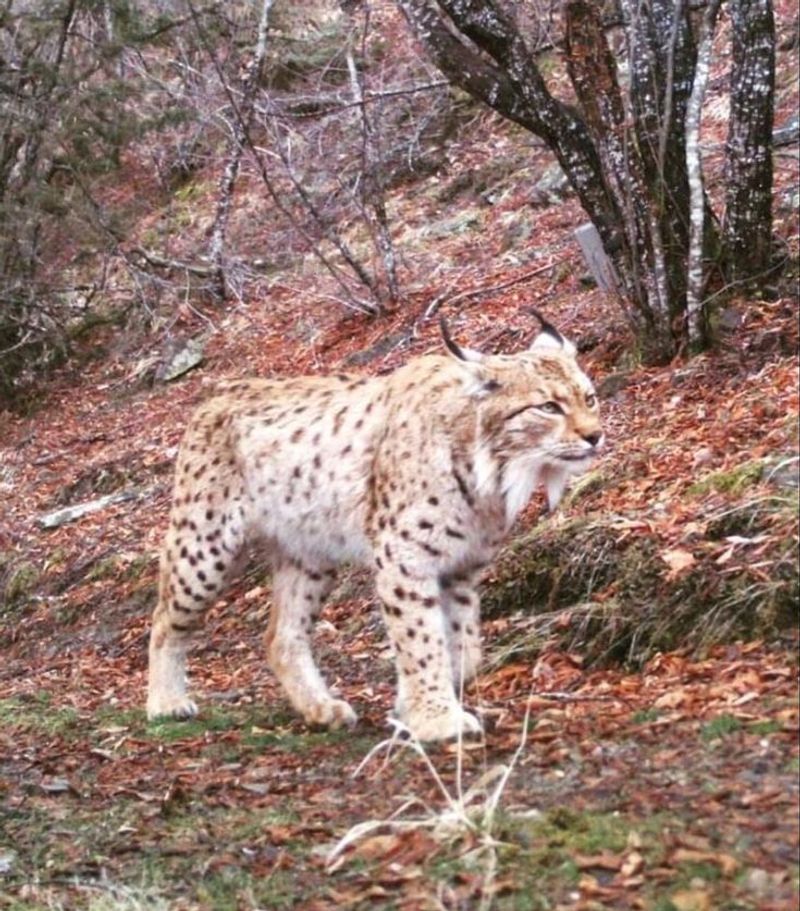
The Balkan Lynx, a subspecies of the Eurasian Lynx, is a ghost in the Balkan Mountains. With its keen eyesight and silent movement, this feline has adapted to be an elusive hunter. Its tufted ears and spotted coat provide camouflage among the rocky terrain.
Once common, the Balkan Lynx now faces a dire situation due to habitat destruction and poaching. Conservationists estimate fewer than 50 individuals remain in the wild, making it one of the most endangered cats in Europe.
Efforts are underway to protect its habitat, but urgent action is needed to prevent its disappearance entirely.
Sri Lankan Leopard
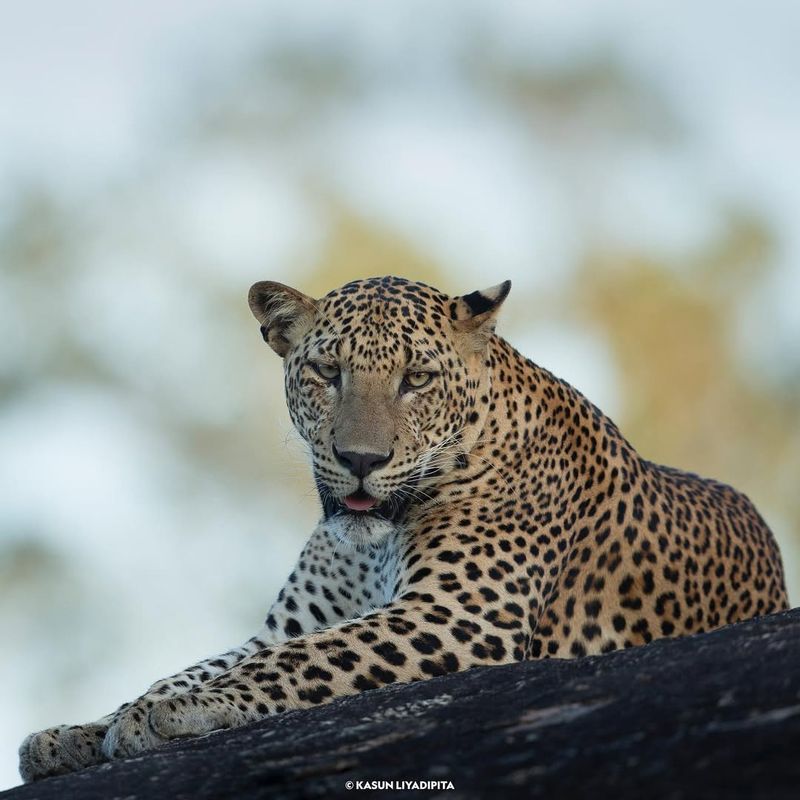
In the verdant jungles of Sri Lanka, the Sri Lankan Leopard reigns as the apex predator. This magnificent cat, with its striking golden coat and distinctive rosettes, is now critically endangered.
Deforestation and human encroachment have severely fragmented its habitat, leading to a perilous drop in population. Conservationists are striving to create wildlife corridors to connect isolated populations and promote genetic diversity.
Despite its beauty and strength, the Sri Lankan Leopard’s future hangs in the balance, dependent on effective conservation strategies and local community engagement.
Sumatran Tiger
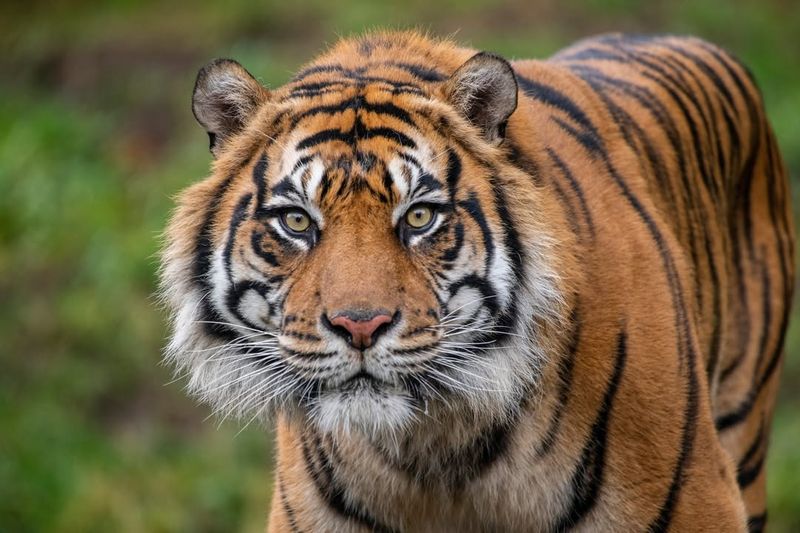
Sumatran tigers are the smallest tiger subspecies, found only on the Indonesian island of Sumatra. With fewer than 400 individuals left, they are classified as critically endangered.
Their habitat is rapidly disappearing due to deforestation for palm oil plantations. Conservationists are working tirelessly to preserve the remaining forests and establish protected areas.
Public awareness and sustainable practices can aid in their recovery. Supporting sustainable palm oil initiatives and wildlife conservation programs is essential to prevent their extinction.
Iberian Lynx
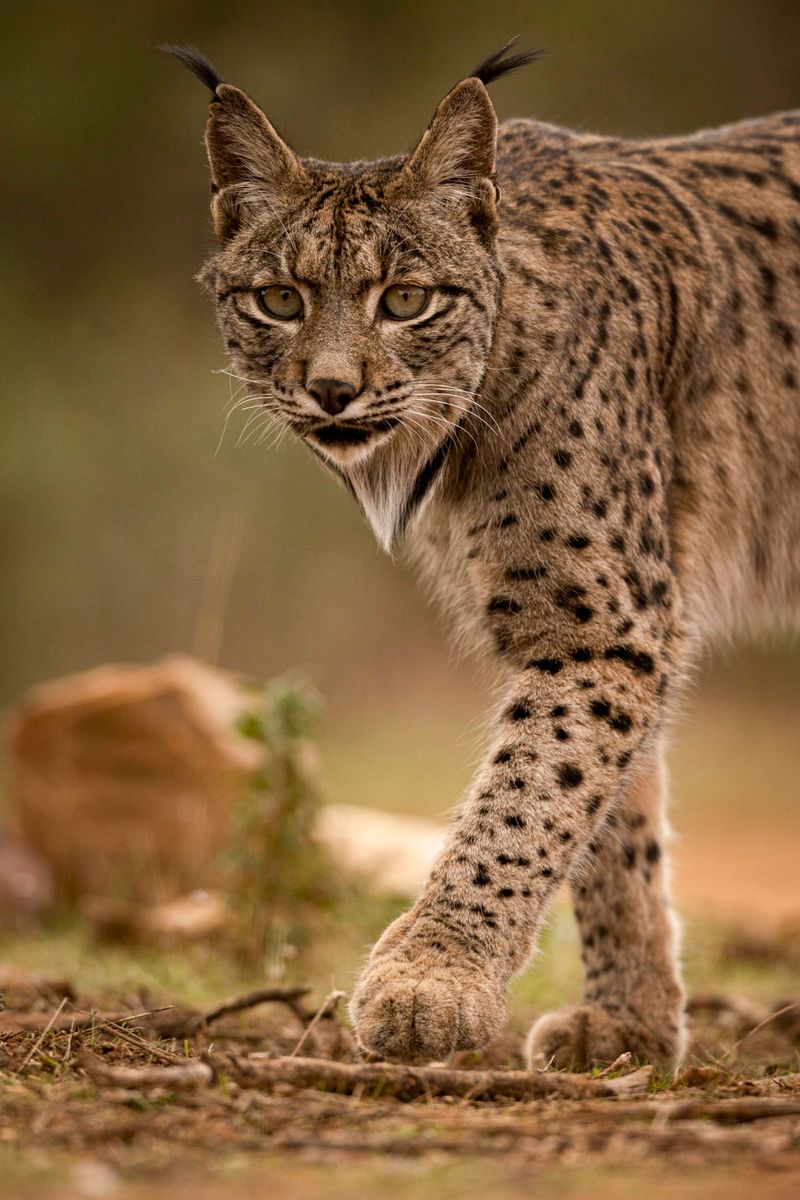
The Iberian lynx, known for its tufted ears and distinctive spotting, is one of the most endangered cats in the world. Found in the Iberian Peninsula, their population once dipped below 100.
Thanks to conservation efforts, numbers are increasing, but they remain vulnerable. Road accidents and habitat fragmentation pose ongoing threats.
Community awareness and habitat restoration are key to their continued recovery. Supporting local conservation projects can make a difference in securing their future.
Snow Leopard
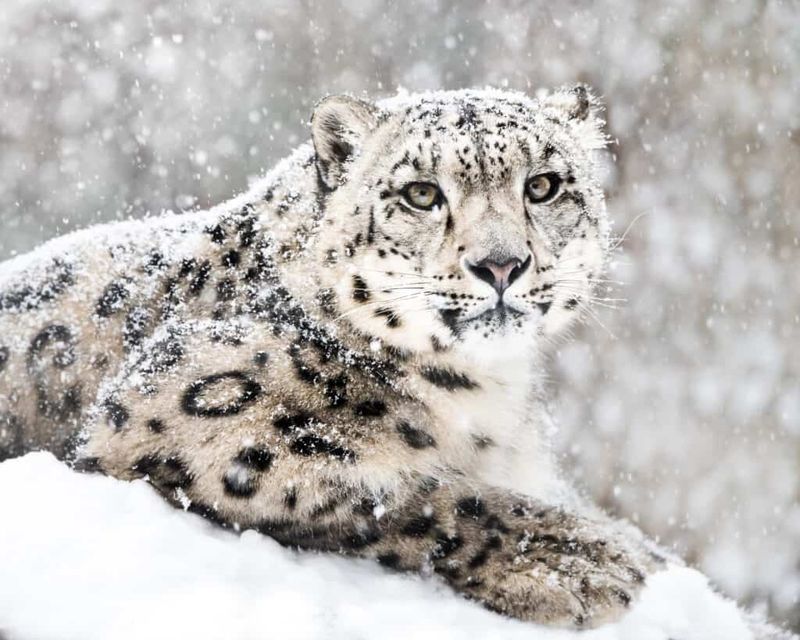
Snow leopards inhabit the high mountain ranges of Central Asia, and their elusive nature makes them a challenge to study. They are classified as vulnerable, with poaching and habitat loss threatening their survival.
Efforts to engage local communities in conservation and promote ecotourism are helping to protect these enigmatic cats. Their thick fur and long tail are adapted to the cold climates they call home.
Supporting organizations that work directly with native communities can aid in snow leopard preservation. Education and awareness are key to their future.
Asiatic Cheetah
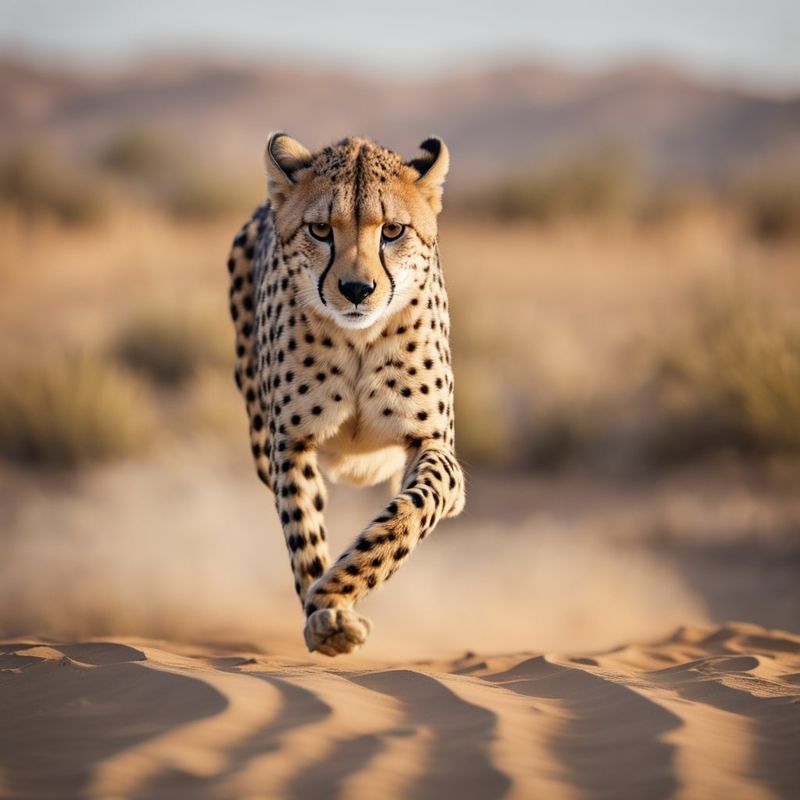
The Asiatic cheetah, once widespread across Asia, is now critically endangered with fewer than 50 individuals left, primarily in Iran. Habitat degradation and human interference are major challenges.
Conservationists are focusing on habitat restoration and reducing human-wildlife conflict. These cheetahs are slightly smaller than their African counterparts but share the same incredible speed.
Collaborating with local communities and supporting conservation initiatives can provide hope for their future. Awareness and education are crucial to changing perceptions and saving the Asiatic cheetah.
Javan Leopard
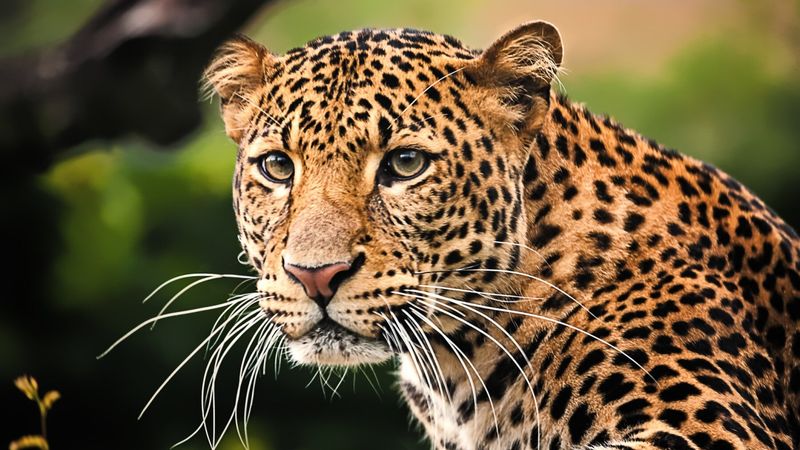
Javan leopards are critically endangered and found only on the Indonesian island of Java. Their population is estimated at less than 250 individuals, with habitat loss being a significant threat.
Conservationists are working to establish protected areas and promote coexistence with local communities. These leopards are known for their adaptability to different habitats, including rainforests and mountains.
Supporting sustainable agriculture and conservation education can help protect Javan leopards. Awareness is essential to ensure their survival in the wild.
Andean Mountain Cat
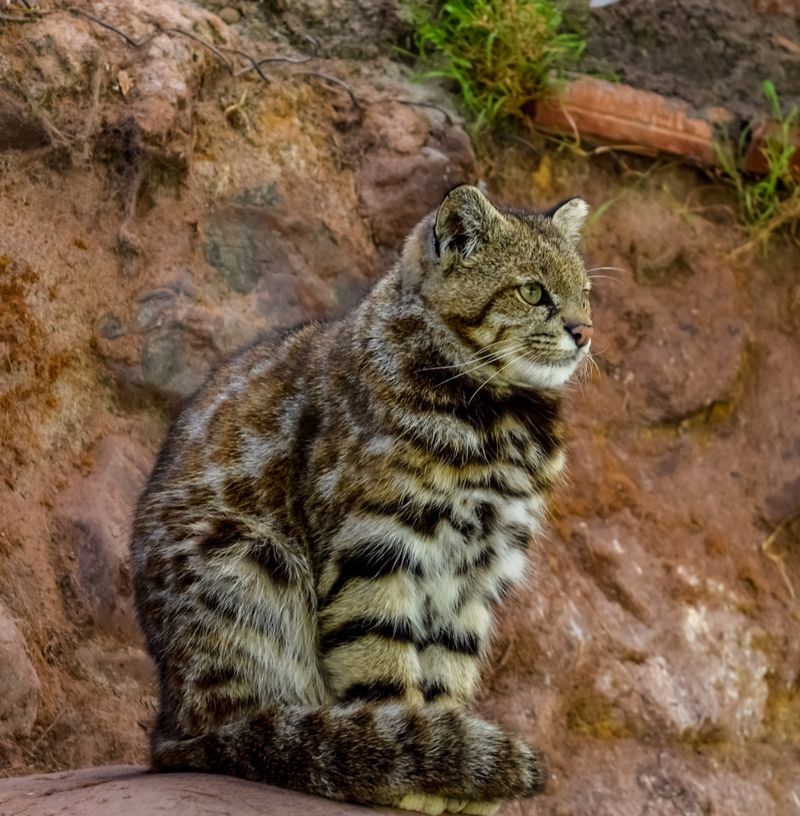
The Andean mountain cat is one of the rarest wild cats, residing in the high Andes of South America. With fewer than 2,500 mature individuals, they are classified as endangered.
Their habitat is threatened by mining activities and climate change. These small cats have thick fur and a bushy tail, adapted to cold mountainous environments.
Efforts to protect their habitat and engage local communities in conservation are crucial. Raising awareness and supporting organizations focused on Andean wildlife can aid in their survival.
Bornean Bay Cat
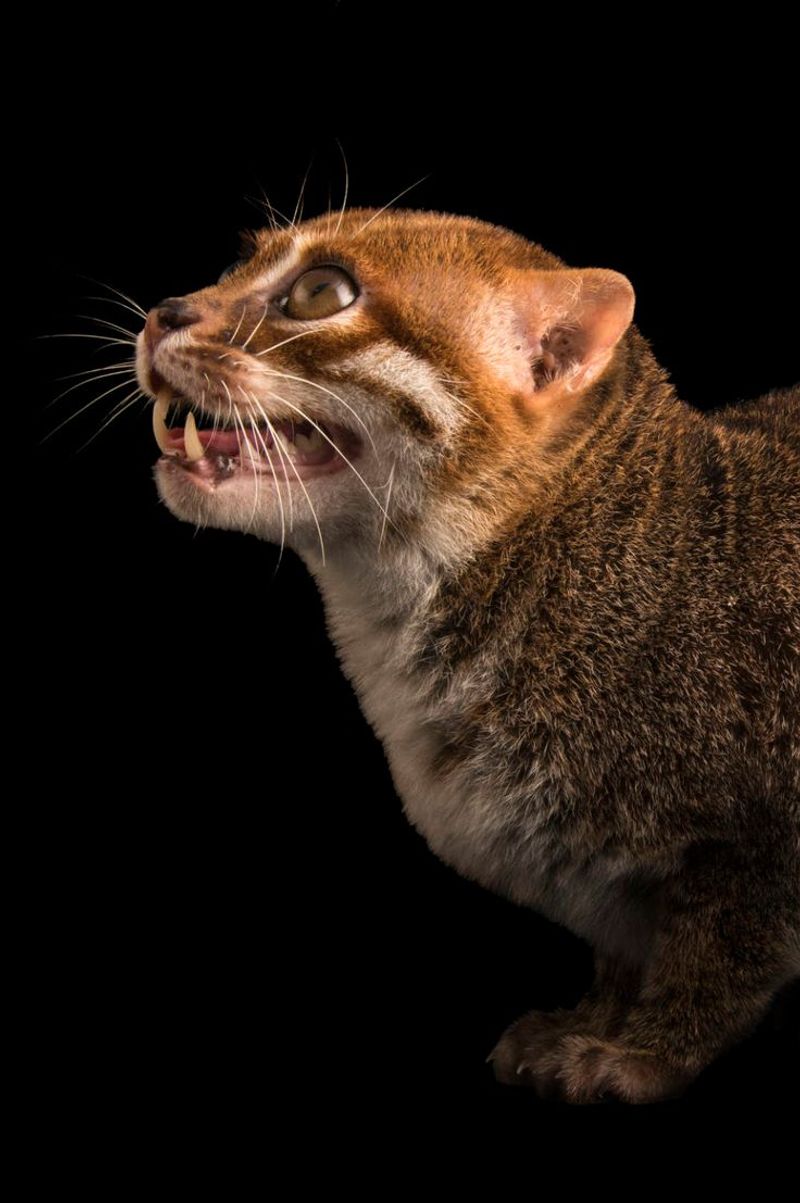
The Bornean bay cat is a rare and elusive feline found only in the rainforests of Borneo. With very few sightings, they remain one of the least understood wild cats.
They are threatened by deforestation and habitat fragmentation. These cats have a unique reddish-brown coat that helps them blend into their forest environment.
Supporting rainforest conservation and sustainable land practices can help protect the Bornean bay cat. Raising awareness about this mysterious feline is essential for its conservation.
Flat-Headed Cat
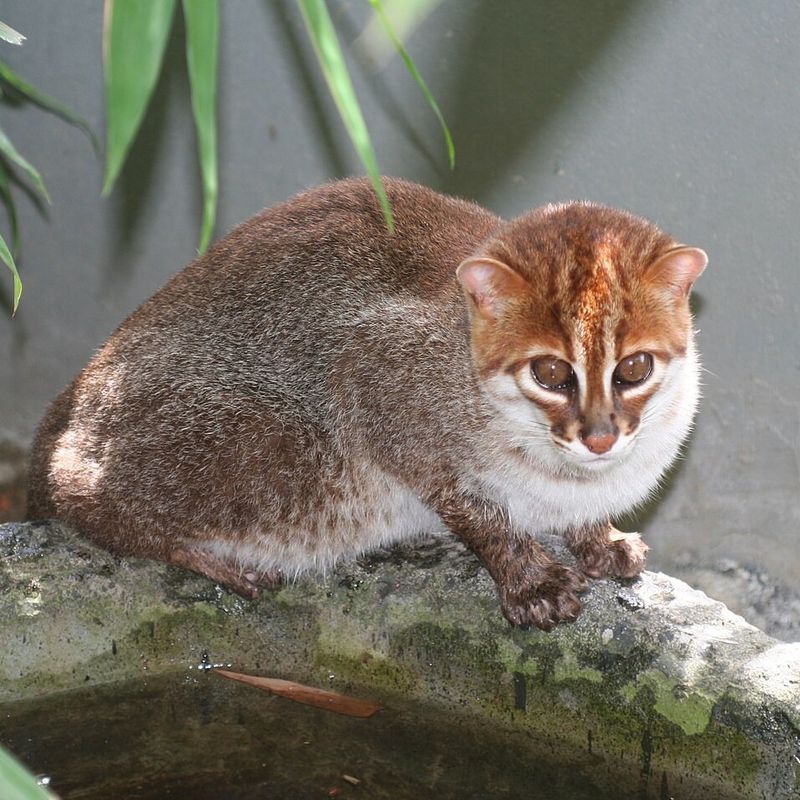
The flat-headed cat, native to the wetlands of Southeast Asia, is endangered due to habitat loss and water pollution. Their numbers are dwindling, with fewer than 2,500 mature individuals left.
These cats have a distinctive flat head and are excellent swimmers, relying heavily on aquatic habitats for hunting. Conservation efforts focus on wetland protection and reducing pollution.
Supporting wetland conservation projects and sustainable practices can help secure their future. Public awareness and education are vital in preserving these unique cats.
Fishing Cat
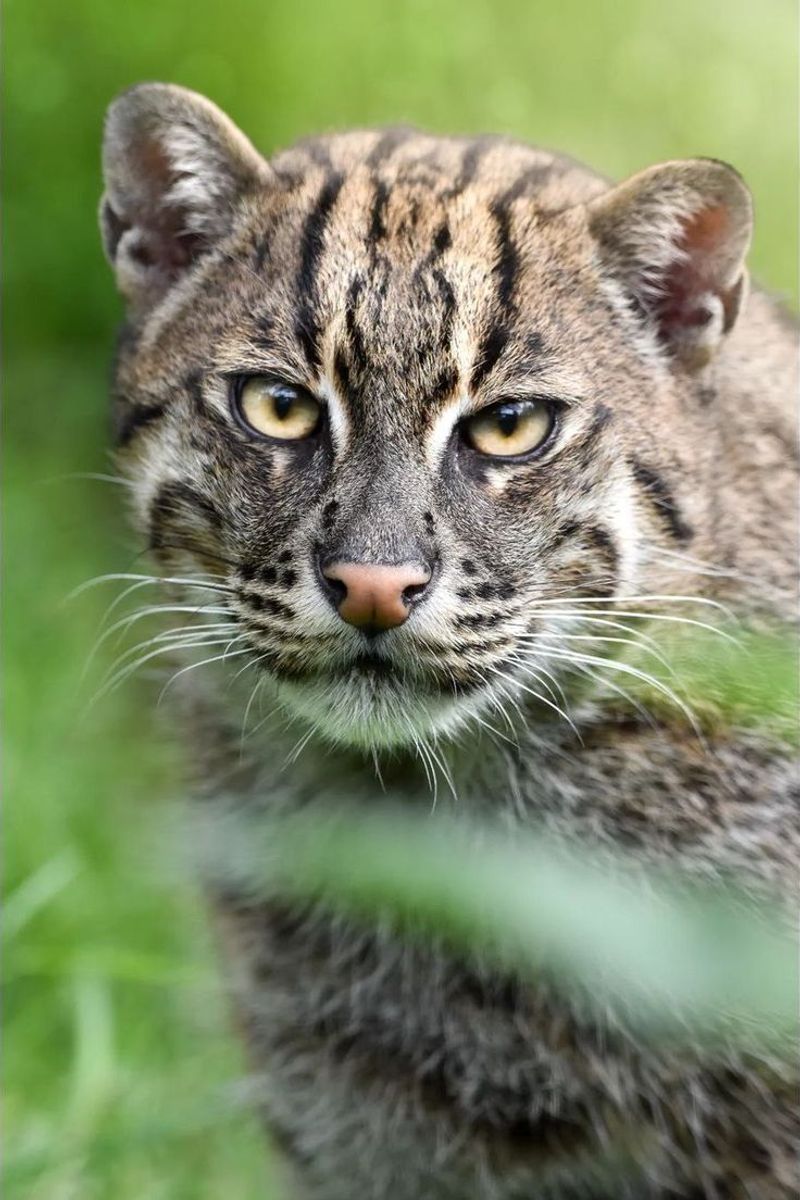
Fishing cats are medium-sized wild cats found in South and Southeast Asia. They are classified as vulnerable, with habitat loss and water pollution posing significant threats.
These cats are skilled swimmers and rely on wetlands and mangroves for hunting fish. Conservationists are working to protect these vital ecosystems and raise awareness.
Supporting wetland conservation and responsible tourism can aid in fishing cat preservation. Education about their role in the ecosystem is key to their protection.
Pallas’s Cat
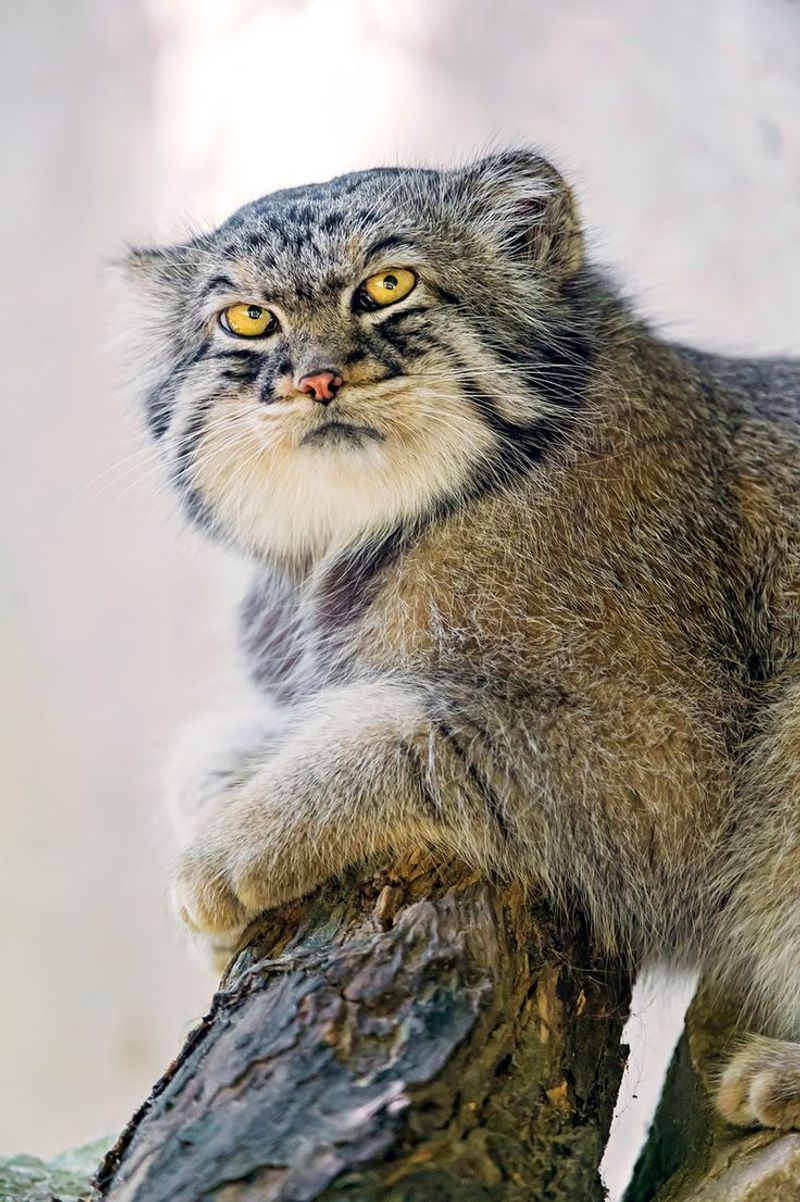
Pallas’s cats, also known as manuls, inhabit the steppes and mountains of Central Asia. They are classified as near threatened due to habitat degradation and hunting.
These cats have a distinctive flat face and dense fur, adapted to cold environments. Their elusive nature makes them difficult to study, but conservation efforts are underway.
Protecting their habitat and preventing hunting are crucial for their survival. Raising awareness and supporting conservation programs can help preserve Pallas’s cats.
Rusty-Spotted Cat
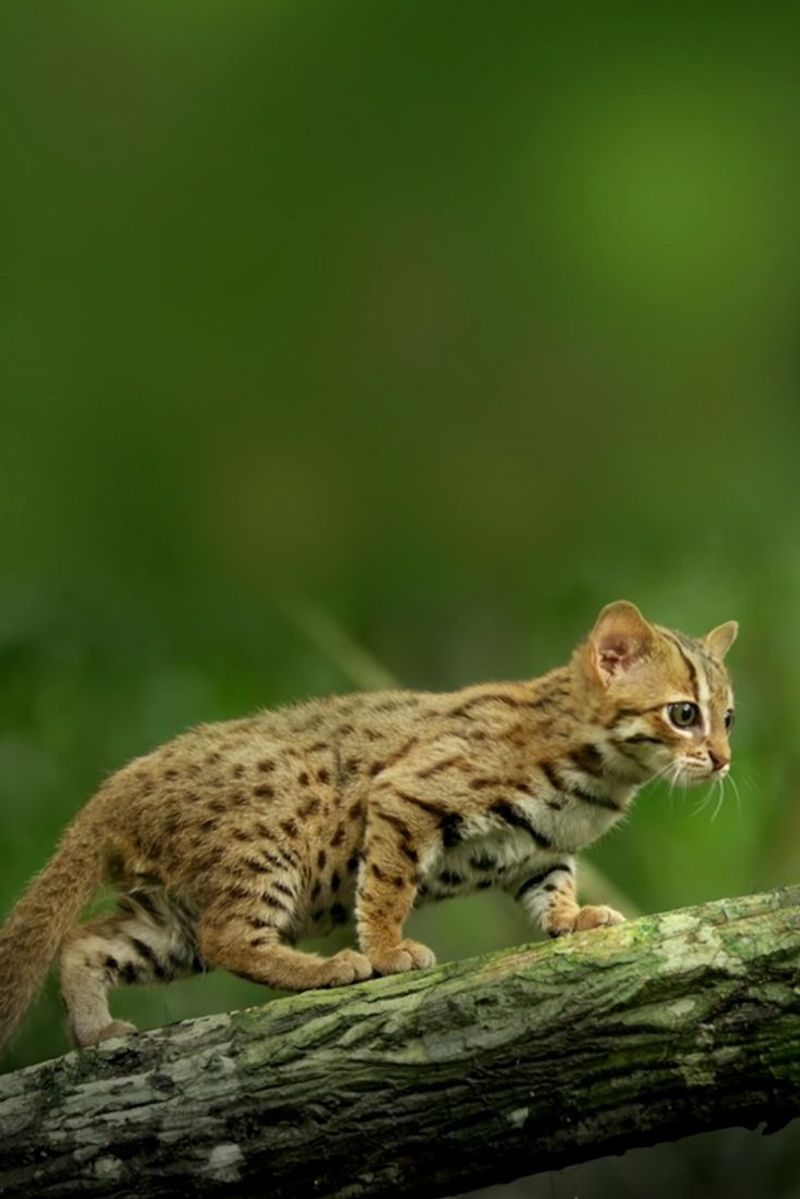
The rusty-spotted cat is one of the smallest wild cat species, native to India and Sri Lanka. They are classified as near threatened due to habitat loss.
These cats are known for their small size and agile nature. Conservationists are working to protect their forest habitats and raise awareness about their plight.
Supporting forest conservation and community engagement can aid in their protection. Education is key to ensuring the survival of these diminutive cats.
Sand Cat
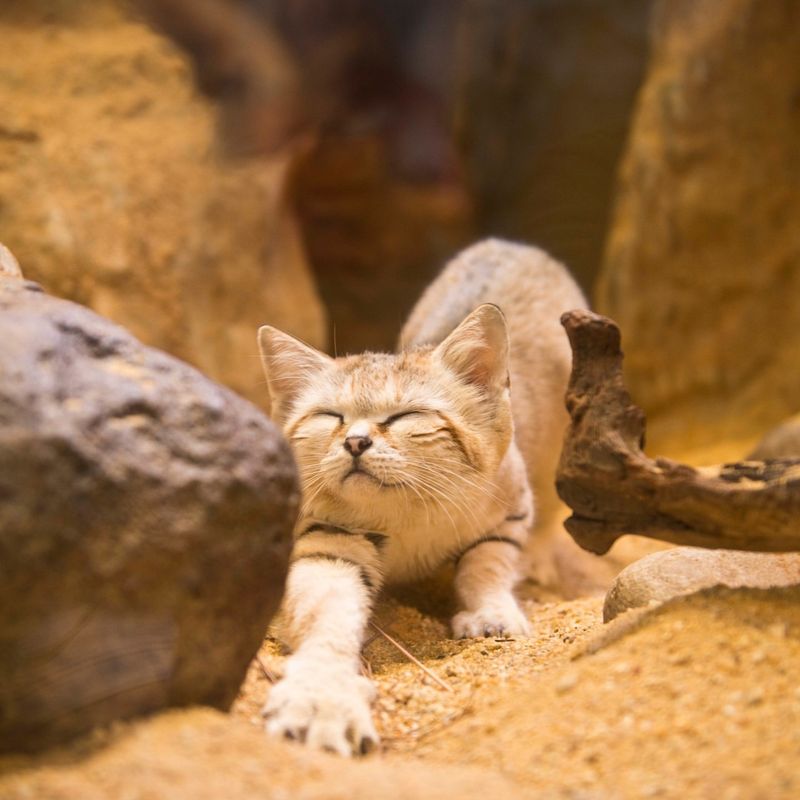
Sand cats are small wild cats inhabiting the deserts of North Africa and Southwest Asia. They are classified as least concern but face threats from habitat degradation and illegal pet trade.
These cats are well adapted to desert life, with thick fur on their feet to protect against hot sand. Conservation efforts focus on habitat preservation and reducing illegal trade.
Raising awareness and supporting desert conservation projects can help protect sand cats. Education about their unique adaptations is essential for their preservation.
African Golden Cat
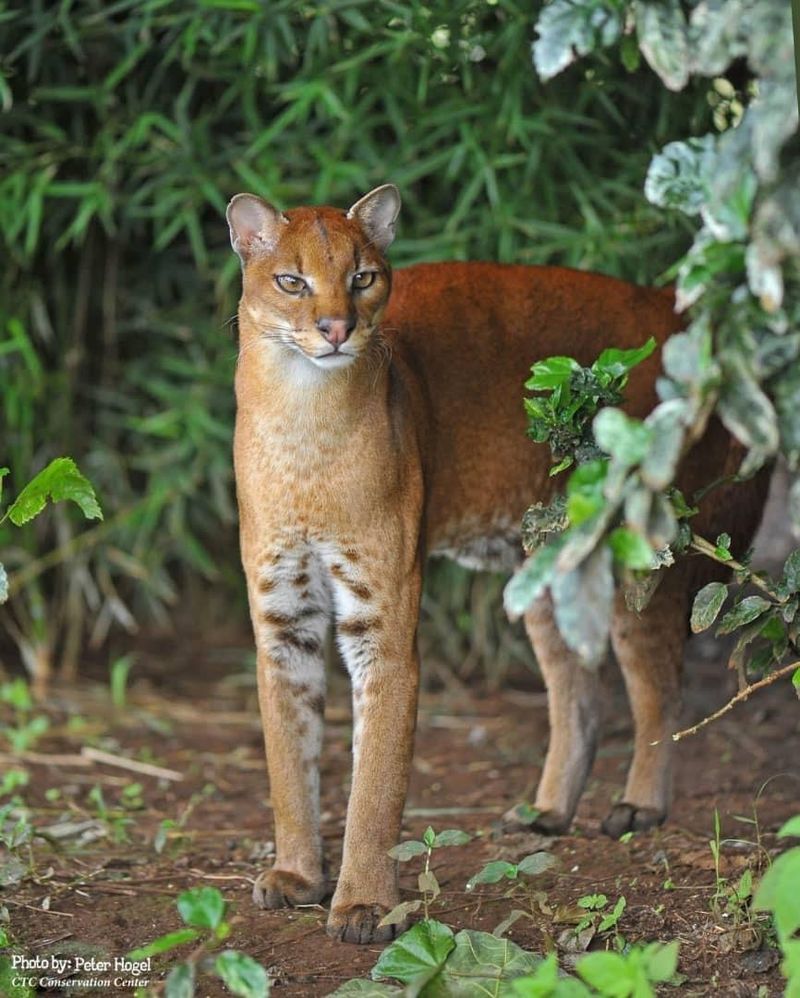
The African golden cat is a secretive and rarely seen feline, living in the tropical forests of Central and West Africa. They are classified as vulnerable due to habitat loss and hunting.
These cats have a striking golden-brown coat and are adept climbers. Conservationists are working to protect their forest habitats and reduce human-wildlife conflict.
Supporting rainforest conservation initiatives and community education can aid in their protection. Awareness of their role in the ecosystem is vital for their survival.
Caracal
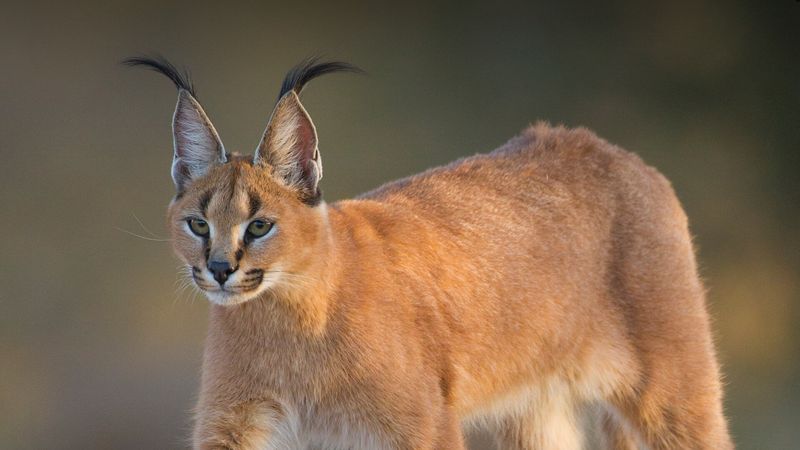
Caracals are medium-sized wild cats found across Africa, the Middle East, and Central Asia. They are classified as least concern but face habitat loss and hunting pressures.
Known for their distinctive tufted ears, caracals are skilled hunters capable of leaping high to catch birds. Conservation efforts focus on habitat protection and reducing human-wildlife conflict.
Supporting conservation projects and promoting coexistence with local communities can aid in their preservation. Education about their unique skills and ecological role is essential.
Serval
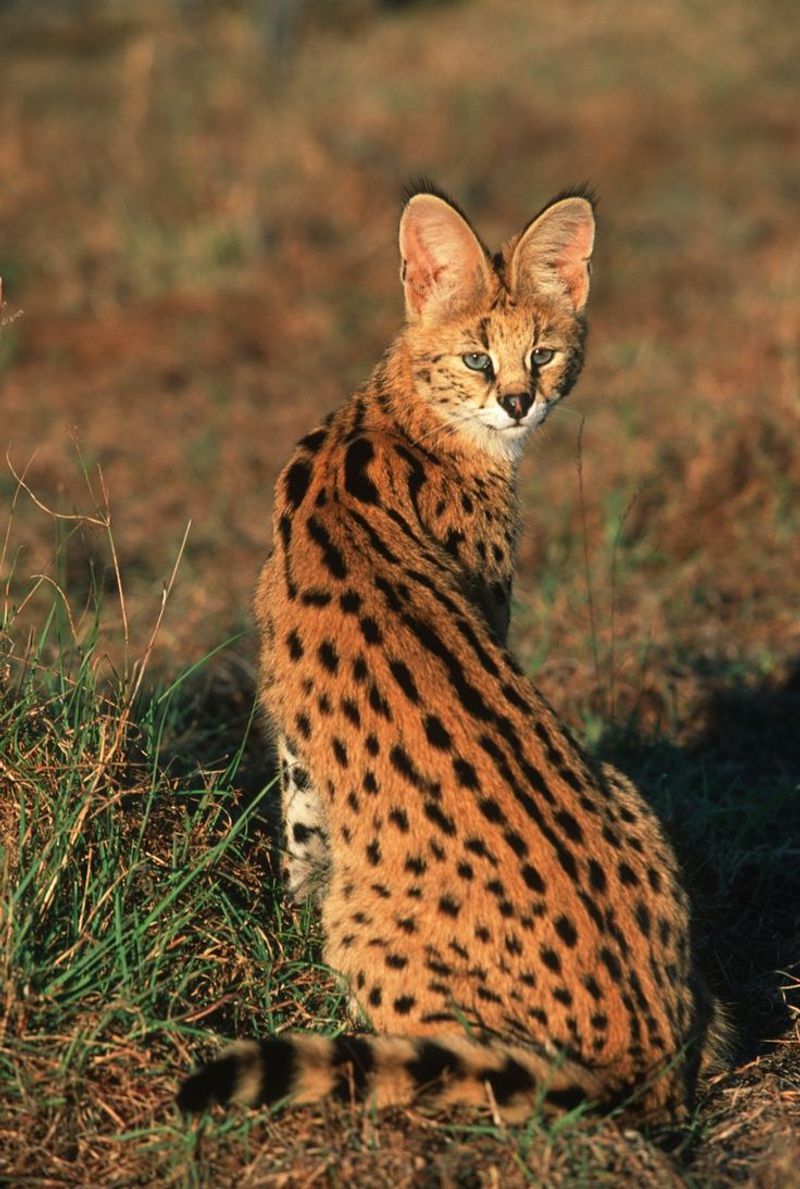
Servals are medium-sized wild cats with long legs and large ears, found in the grasslands of Africa. They are classified as least concern but face habitat loss and hunting pressures.
These cats are known for their incredible jumping ability, used to catch prey in tall grass. Conservationists are working to protect their habitats and promote coexistence with humans.
Supporting grassland conservation and anti-poaching efforts can help preserve servals. Raising awareness about their unique adaptations is key to their protection.
Margay
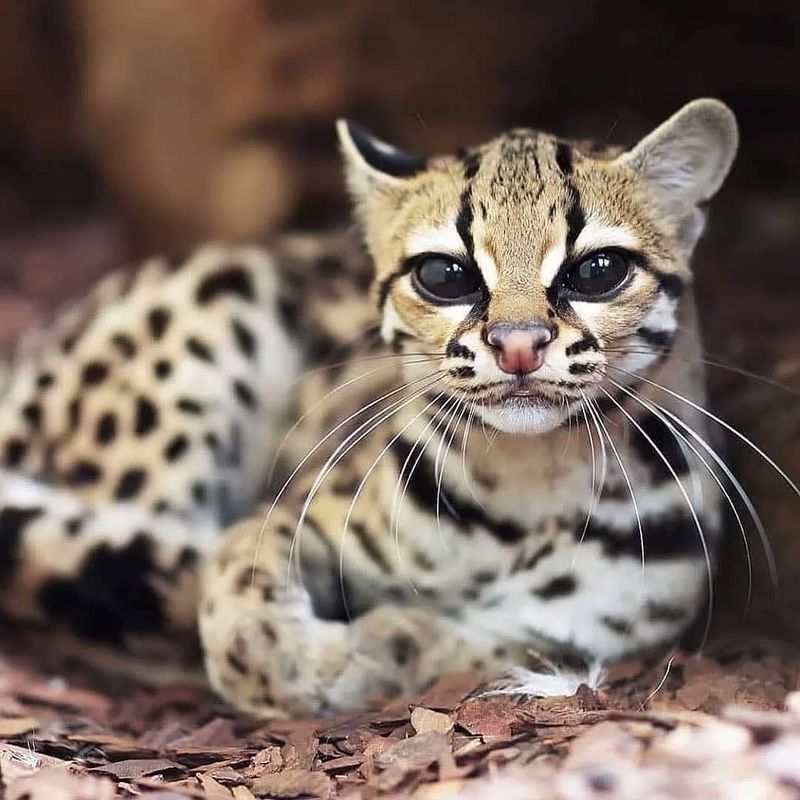
Margays are small wild cats living in the forests of Central and South America. They are classified as near threatened due to habitat loss from deforestation.
These cats are incredibly agile, able to climb trees with ease thanks to their flexible joints. Conservation efforts focus on protecting their forest habitats and reducing deforestation.
Supporting sustainable forestry and conservation education can aid in margay protection. Awareness of their unique abilities and ecological role is essential for their survival.
Ocelot
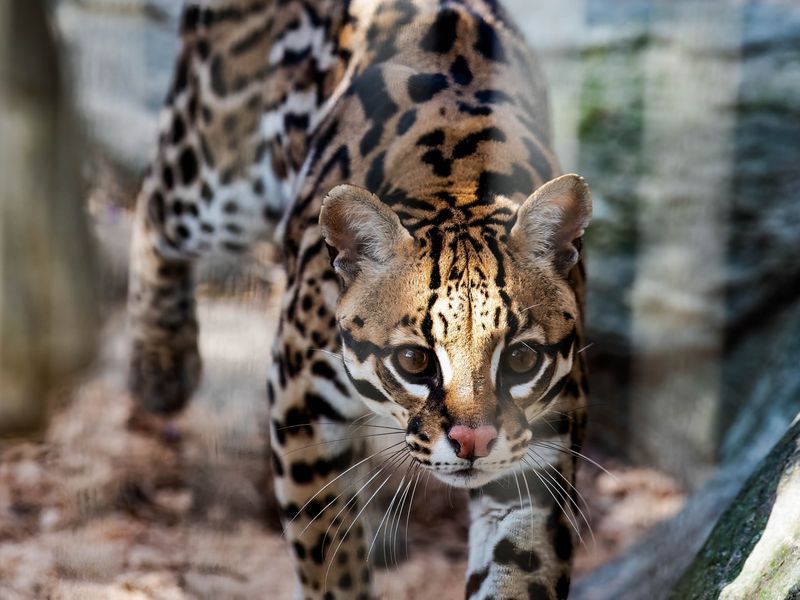
Ocelots are medium-sized wild cats found in the rainforests of South America. They are classified as least concern but face threats from habitat loss and hunting.
These cats have a striking rosette pattern on their coat and are solitary, nocturnal hunters. Conservationists are working to protect their habitats and reduce poaching.
Supporting rainforest conservation and sustainable land use can help preserve ocelots. Education about their ecological role is crucial to their protection.
Geoffroy’s Cat
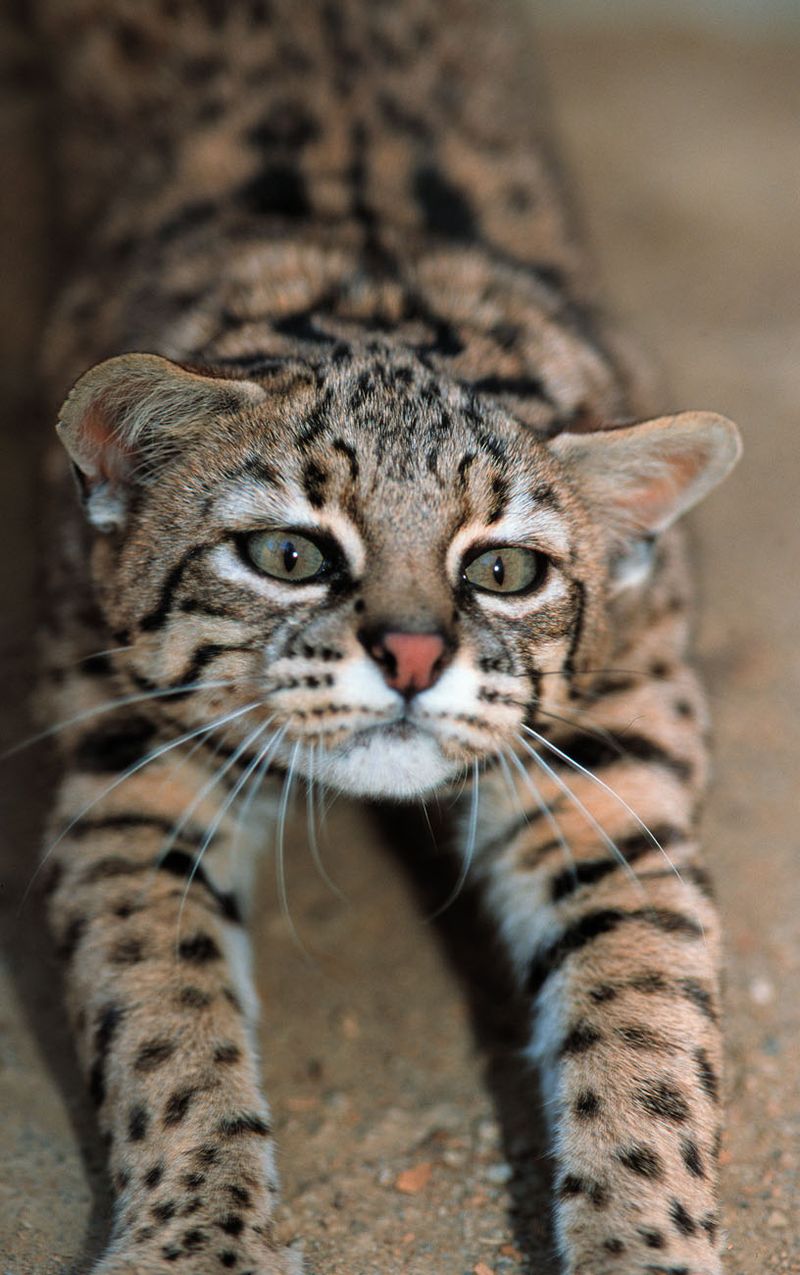
Geoffroy’s cats are small wild cats inhabiting the grasslands and forests of South America. They are classified as least concern but face habitat loss and hunting pressures.
These cats are known for their adaptability to different environments and their distinctive spotted coat. Conservationists are working to protect their habitats and reduce hunting.
Supporting conservation projects and raising awareness about the threats they face can help preserve Geoffroy’s cats. Education about their ecological role is essential for their survival.
Kodkod
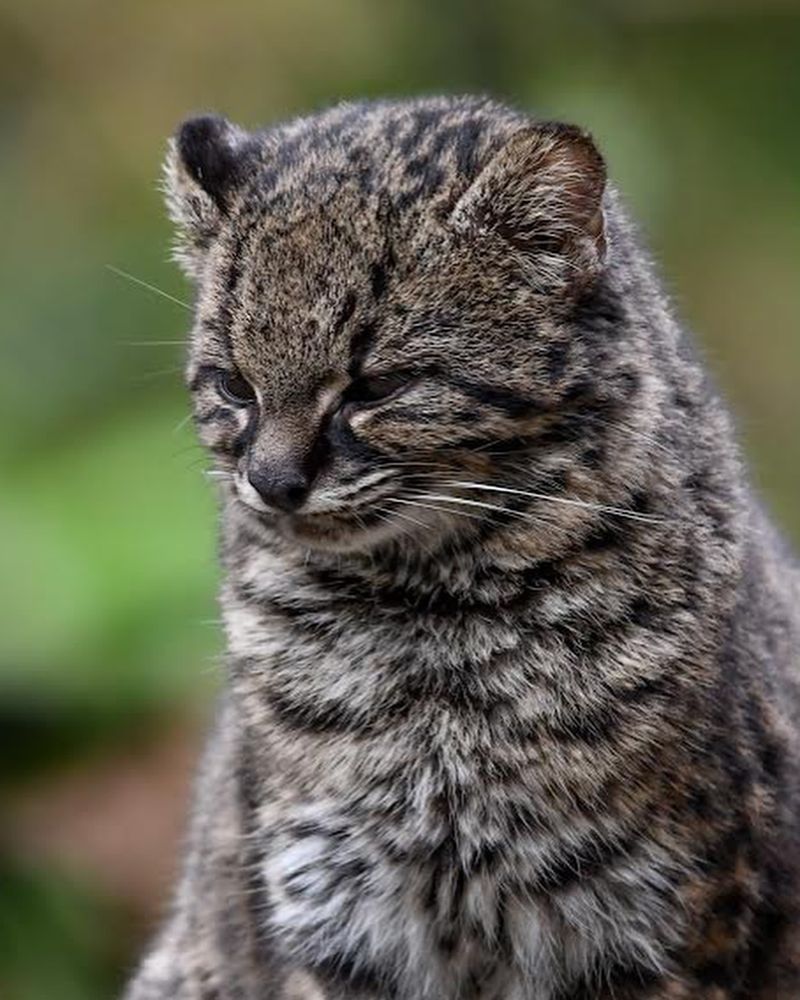
The kodkod is the smallest wild cat in the Americas, found in the temperate forests of Chile and Argentina. They are classified as vulnerable due to habitat loss and hunting pressures.
These cats have a distinctive spotted coat and are skilled climbers, often found in dense forest areas. Conservation efforts focus on protecting their forest habitats and reducing human-wildlife conflict.
Supporting forest conservation and community education can aid in kodkod protection. Awareness of their unique adaptations is crucial for their survival.
Chinese Mountain Cat
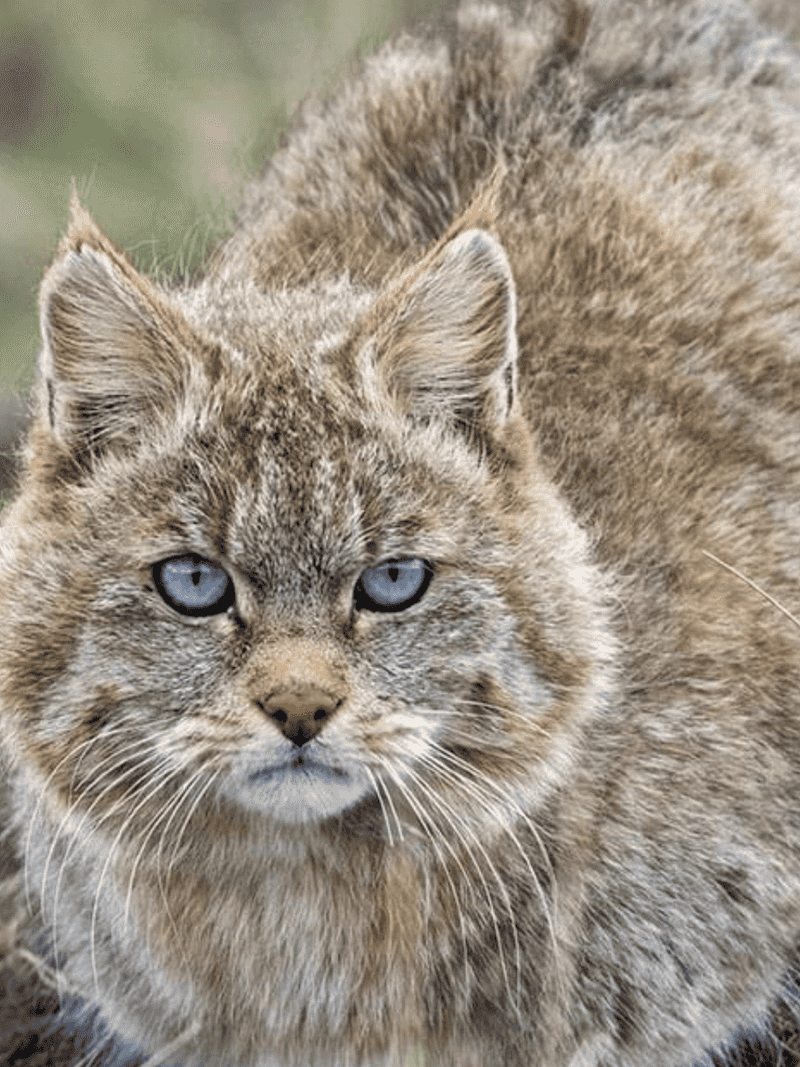
The Chinese mountain cat, also known as the Chinese desert cat, is found on the Tibetan Plateau. They are classified as vulnerable due to habitat loss and human interference.
These cats have a thick coat adapted to cold environments and are elusive, making them challenging to study. Conservationists are working to protect their habitats and reduce human impact.
Supporting conservation initiatives and raising awareness can aid in their protection. Education about their ecological role is vital for their survival.
Black-Footed Cat
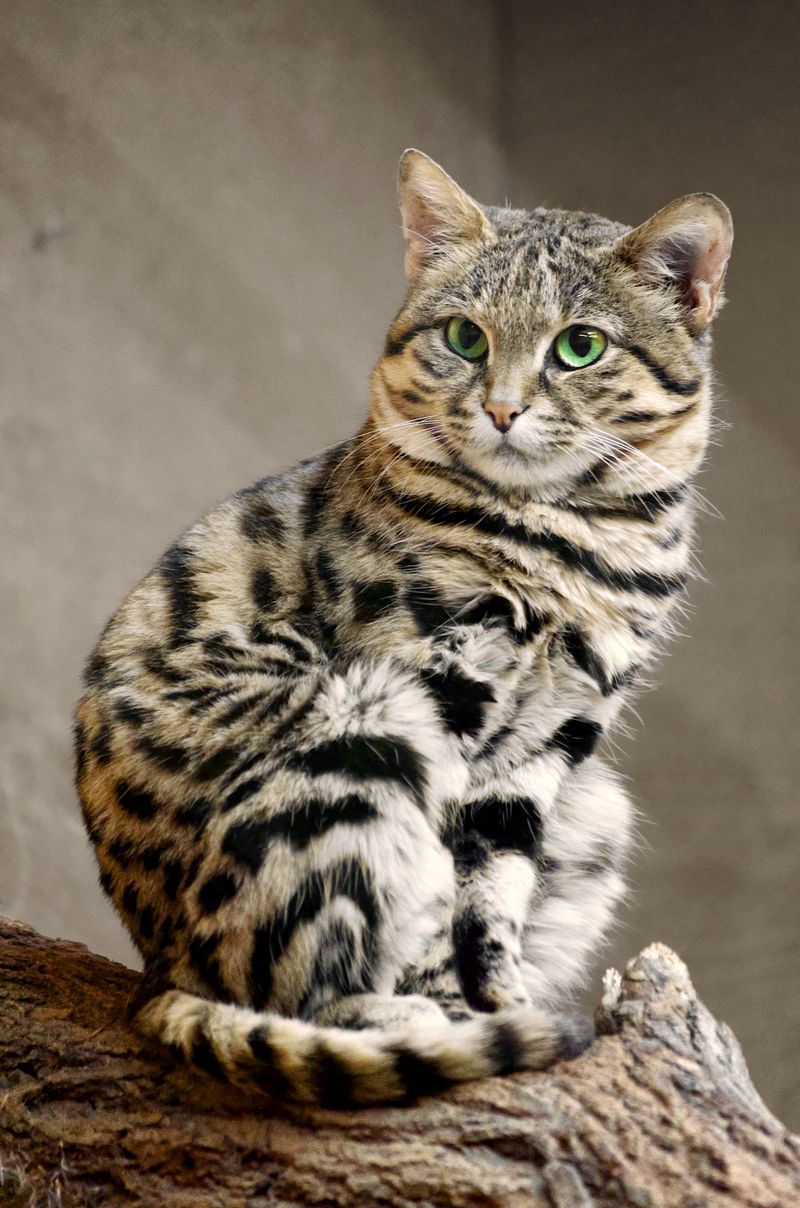
Black-footed cats are the smallest wild cats in Africa, found in the arid regions of Southern Africa. They are classified as vulnerable due to habitat loss and hunting pressures.
These cats are nocturnal hunters, known for their small size and distinctive black-tipped ears. Conservation efforts focus on protecting their habitats and reducing human-wildlife conflict.
Supporting desert conservation and anti-poaching efforts can help preserve black-footed cats. Raising awareness about their unique adaptations is essential for their protection.
Ghost Jaguar of the Amazon
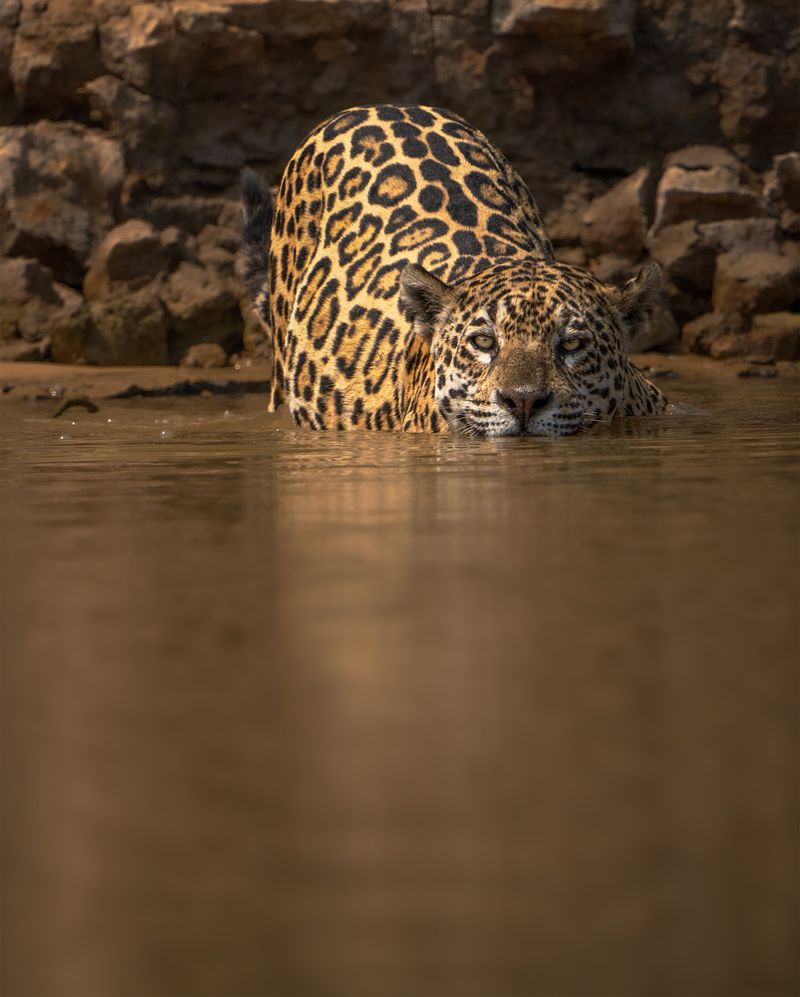
Deep within the Amazon rainforest roams the elusive Ghost Jaguar, a big cat of mystical allure. Known for its remarkable adaptability, this jaguar is a master of camouflage, making it nearly invisible in the dense foliage. Its rosettes shimmer in the fleeting sunlight, casting an enigmatic presence. The Ghost Jaguar is critically endangered, threatened by deforestation and illegal poaching. Conservationists strive to protect its dwindling habitats. The allure of this majestic feline serves as a reminder of the fragile beauty that exists in the world. Join efforts to safeguard its future and preserve the Amazon’s rich biodiversity.

